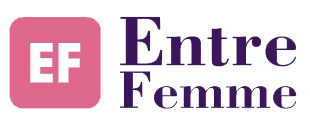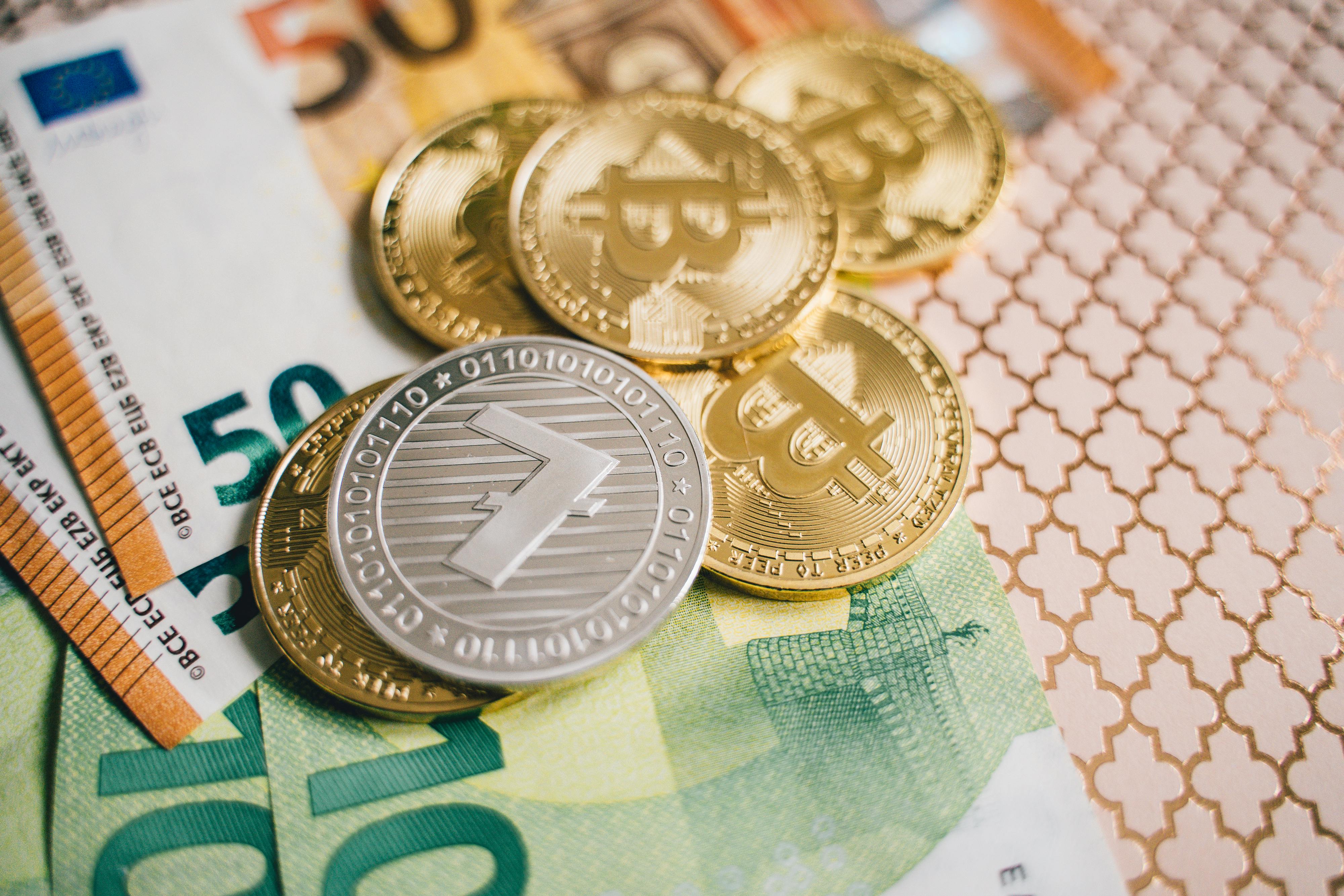Global Inflation and the Cost-of-Living Crisis: What Lies Ahead for Families Worldwide?
Global Inflation 2025
- David Parker
- Jul 30, 2025
- 0 Comments
- 95 Views
Whether you’re filling up your tank, buying groceries, or just paying the electricity bill, there’s one reality households across the globe can’t escape in 2025: everything is more expensive. From Europe to Africa, the Americas to Asia, inflation has become a constant, gnawing presence in people’s lives. But why is it still so high? And more importantly, what can families do to cope and prepare for what’s next? This article dives into the causes behind the current inflation wave, the countries hit the hardest, how families are adapting, and what experts say about the road ahead. We’ll also explore how global economic shifts are changing the way people live, spend, and survive.
The Roots of the Surge
Contrary to early optimism in 2023 and 2024, inflation has proven far more stubborn in 2025. Recent data from the OECD reveals an average inflation rate of 4.2% across its member states a figure that harks back to economic patterns not seen since the 1980s. Several overlapping crises are to blame: post-COVID supply chains never fully recovered, energy costs were destabilized by the prolonged war in Ukraine, and a surge in protectionist trade policies marked by new tariffs and border restrictions has further strained global commerce.
Additionally, what economists call "core inflation" the steady rise in prices of essentials like food and services remains high, hovering around 4.5% in many developed economies. Central banks have responded with aggressive interest rate hikes, but this approach has reached its limits. The persistent uncertainty stemming from new trade conflicts, oil price fluctuations, and political instability, particularly in the Middle East, continues to undercut these efforts.
Where the Crisis Hits Hardest
Globally, the cost-of-living crisis has taken on different faces. In some nations, it’s an erosion of purchasing power; in others, it’s a full-blown financial emergency. In Argentina, inflation has dropped from triple digits, yet families still grapple with rates approaching 30% a level that drains savings and slashes real wages. In Iran, food inflation alone has topped 70% year-over-year, driven by international sanctions and supply bottlenecks. Western countries are not immune either. Although inflation has slowed somewhat, it still exceeds central bank targets across the US, Canada, the UK, and parts of the Eurozone. Only a handful of places Switzerland, Japan, and China among them have managed to stabilize prices, with China even experiencing mild deflation due to slowing domestic demand.
How Families Are Fighting Back
With wage growth failing to keep up with rising costs, families are being forced to rethink their financial habits. Budgeting has become a survival tool, not just a best practice. Households are turning to personal finance planners and digital apps to monitor every cent. More people are buying pantry staples in bulk, embracing private-label grocery brands, and postponing non-essential expenses.
Beyond the basics, there’s a growing interest in small, smart changes that add up. Families are switching to energy-efficient lighting, downgrading streaming subscriptions, and exploring side incomes online. In some cases, people are negotiating with lenders to reduce interest payments or consolidate debt. Governments are also stepping in, albeit unevenly. In the UK, targeted energy bill rebates and family grants have helped soften the blow. Across Europe and North America, social safety nets have expanded slightly, but many feel these efforts remain insufficient to counter the scale of the crisis.
What’s Getting More Expensive And Why
Not all price hikes are created equal. Energy, as always, is the wild card. Oil prices remain volatile due to war-related disruptions and diplomatic tensions, and gas remains expensive in both Europe and Asia. Food inflation, meanwhile, continues to hit household budgets hard. Even in the world’s wealthiest countries, staples like bread, rice, and eggs have become noticeably more expensive.
Housing, another critical expense, remains a major challenge. While interest rate hikes have cooled real estate markets in some regions, rents continue to rise. Service industries particularly childcare, healthcare, and transportation have also resisted price normalization. A strong US dollar and renewed trade tariffs have only added to the pressure, especially in developing countries that depend on imports for everyday goods.
What Experts Predict Next
Despite signs of progress, there’s still no clear end in sight. The International Monetary Fund (IMF) believes global inflation will decline slowly over the next 12–18 months but warns of persistent risks from geopolitical instability. The OECD forecasts inflation across G20 nations will settle around 3.6% in 2025, down from the 6%+ levels seen in 2022 but still higher than ideal.
In the US, JPMorgan analysts are warning of a stagflationary scenario, where inflation stays high even as growth slows. They put the risk of recession at 40% by year’s end. This bleak outlook underscores a difficult truth: for now, stability remains fragile. Inflation is no longer a temporary disruption. It’s reshaping how people live, plan, and dream. But within this challenge lies an opportunity: to build smarter habits, learn new skills, and make resilient financial choices. The tools are out there from personal finance guides to digital planners, from community food programs to solar-powered gadgets. While the cost of living may remain high for a while, so too is the potential for adaptation. The world is not only watching this crisis unfold it’s learning to live through it, one decision at a time.

 | Unlock Success with Our Guide
| Unlock Success with Our Guide



0 Comments